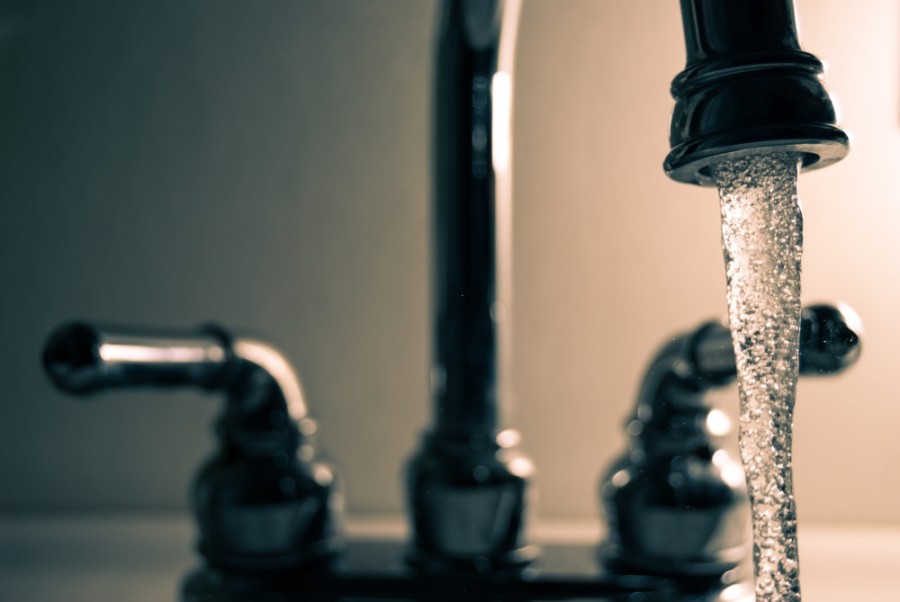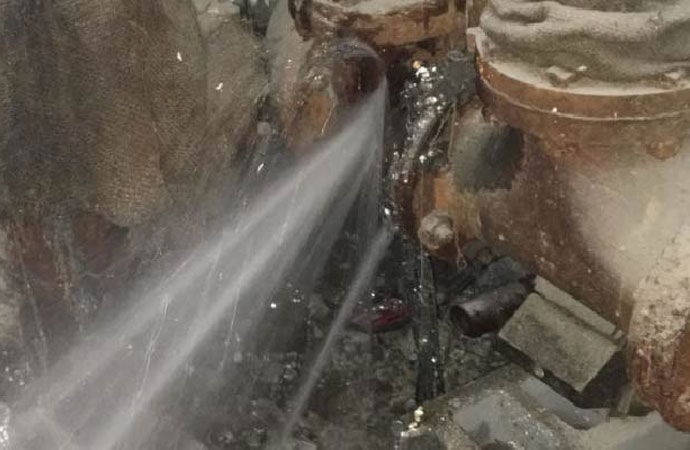What to Efficiently Spot and Fix a Busted Pipe Problem
What to Efficiently Spot and Fix a Busted Pipe Problem
Blog Article
They are making a number of good pointers related to How to Prepare for Your Dishwasher Installation in general in this post following next.

A ruptured pipe is a major emergency; you can just stand as you enjoy water you pay dearly to rejoin with the planet. In worse cases, you observe a pool on your kitchen area floor, which is a wonderful trip threat, particularly if you have youngsters around. If the pipe that ruptured was in your wall surfaces, bad news: you might need to paint that whole section.
Just how can a disaster like a ruptured pipe be stopped and taken care of? Well, by listening to your specialist emergency plumbers as well as adhering to these rules.
Exactly how do I know when my pipes have ruptured?
Varying water stress
Pipelines do not just burst in a day. You may have observed that your cooking area tap or shower doesn't run quickly when you turn the faucet. It may stop briefly for a few secs and after that blast you with more pressure than normal.
In other circumstances, the water may seem normal in the beginning, then drop in stress after a couple of secs.
Damp wall surfaces as well as water discolorations
Prior to a pipeline bursts, it will leakage, most times. If this persistent leaking goes undetected, the leakage may finish into a wide gouge in your pipe. One simple method to avoid this emergency is to keep an eye out for wet wall surfaces ad water stains. These water discolorations will lead you right to the leak.
Puddles under pipes and sinks
When a pipeline bursts, the outflow develops a pool. It might appear that the pool is expanding in size, and also regardless of the number of times you mop the puddle, in a few minutes, there's one more one waiting to be cleaned up. Commonly, you might not have the ability to map the puddle to any type of visible pipes. This is a sign to call an expert plumber.
Untraceable trickling sounds
Pipeline ruptureds can take place in one of the most undesirable locations, like within concrete, inside wall surfaces, or under sinks. When your home goes silent, you might be able to hear an irritatingly consistent dripping noise. Even after you've checked your shower head and kitchen tap, the trickling may continue.
Dear reader, the dripping might be originating from a pipeline inside your walls. There isn't much you can do about that, other than inform a professional plumber.
Turn off the Water
When water freezes, it expands in volume by about 9 percent. And it increases with remarkable pressure: The stress inside pipelines might go from 40 pounds per square inch to 40,000 psi! No pipe can hold that much pressure, so it breaks open. The break may take place where the ice kinds, but regularly, it takes place where water pressure finds a weak spot in the pipe. That might be inches and even feet from the icy location. Find the water shutoff valve as well as switch off the water to stop even more damage. You could also need to shut off the electricity also, depending upon where the leaks occurs and how huge it is.
Polluted water
Many people think a ruptured pipeline is a one-way outlet. Quite the contrary. As water spurts of the hole or tear in your plumbing system, impurities discover their way in.
Your water might be infected from the source, so if you can, examine if your water tank has any kind of problems. Nonetheless, if your drinking water is provided and also cleansed by the local government, you ought to call your plumber quickly if you see or scent anything amusing in your water.
What do I do when I find a ruptured pipe?
Your water meter will certainly remain to run even while your water wastes. To decrease your losses, find the major controls and turn the supply off. The water pipe are an above-ground structure beside your home.
How to Fix & Detect a Leaking Pipe
How Do I Know if a Pipe is Leaking?
Leak detection tests can help you determine if your pipe has a leak. Even if you don’t see an apparent leak, you should still conduct leak detection tests regularly to save water and money—and prevent major damage to your home.
Water meter. It can be helpful to figure out what your usual water meter usage numbers are and then monitor them regularly. To monitor your meter, first, turn off all water faucets in your home. Check the meter and write down the numbers. In a few hours, check the meter again. If the numbers have changed, you have a leak. Water gauge. Use a water gauge to test your water pressure. Your showerhead should produce a certain amount of water pressure based on its model and design. If the pressure is lower than it is supposed to be for that specific showerhead, your home likely has a leak. Puddles. Look inside your bathroom, laundry, and kitchen sink cabinets. Puddles around the cabinets or around toilets, tubs, showers, and washing machines indicate the presence of a leaking pipe. You may also notice loose tiles, peeling or flaking paint, or mold caused by water accumulation. Napkin test. Even if you don’t see any puddles, you may still have a leak. You can test for water leaks in the bathroom, laundry, and kitchen by wiping below-sink connections with a napkin, paper towel, or piece of toilet paper. If it becomes damp, you probably have a leaking pipe under the sink. Discolored walls. Walls that are discolored—usually with brown or yellow stains—or bulging might mean that they have been impacted by water damage caused by a leaking pipe. Smell. A leaky pipe will create sitting water, and over time, that water may develop a musty smell. If your home smells musty, but you can’t locate the source, it may be due to a leak. Steps for Fixing a Leaking Pipe
A leaky drain can be remedied by tightening the pipe base, replacing the drain seal, caulking the rim, and tightening the pipe nut. Similarly, a leaking toilet pipe can be treated by tightening the packing nut. You may also need to replace the valve. A leaky faucet may just need tightening or replacement of the washers. If that doesn’t work, consider replacing your faucet. If your pipe has a hole in it, you may want to use a pipe leak sealer or pipe leak tape. This quick fix for water pipe leaks can also temporarily fix a copper pipe leak. https://www.ahs.com/home-matters/quick-tips/how-to-tell-if-pipes-are-leaking/

We had been introduced to that article on How to Prepare for Your Dishwasher Installation from someone on another domain. Please set aside a second to distribute this entry if you appreciated it. Many thanks for your time. Visit us again soon.
Stay calm, just ring. Report this page